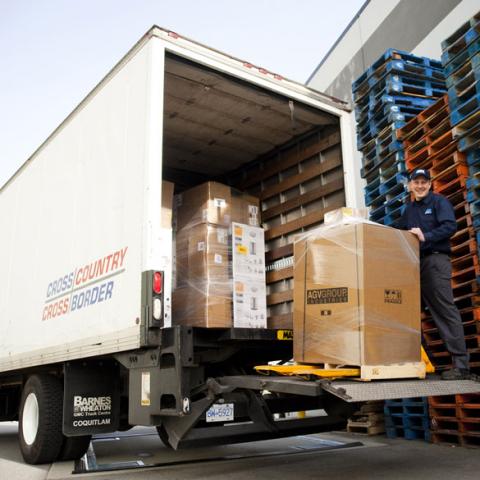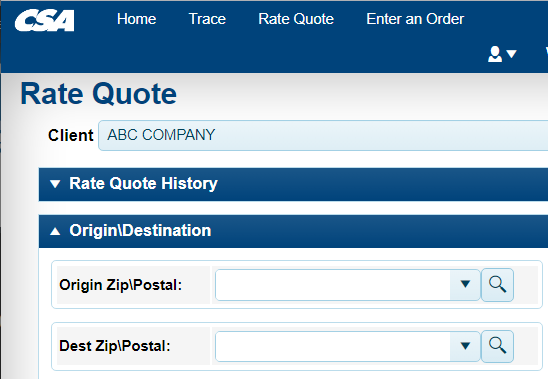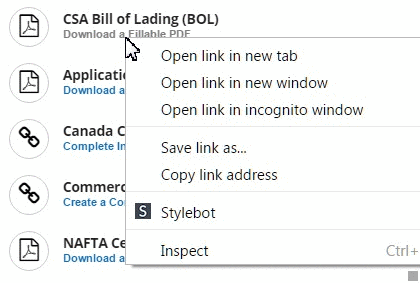Warehouse Performance Indicators: What Should You Measure?
Measuring your performance is a key aspect of managing any business. When you know what to measure key performance indicators, or KPIs, can tell you a lot about the state of your supply chain and help track the performance of your pallet shipping company. But what should you measure and how should you start?
Below is a list of KPIs commonly used to measure performance of a warehouse. Though warehouses all vary in their objectives, many of the same KPIs apply. Use them to help keep your business on track, and raise the necessary red flags to help alleviate problems before they arise.
When selecting KPIs, go with the “less is more” mantra and stick to measuring what you can't afford to have go wrong--you can always add more to the list later on once you and your warehouse team are comfortable using them.
Inventory
Inventory KPIs are incredibly important, as they provide a window into how quickly your inventory as a whole is moving. A few crucial inventory KPIs include:
- Inventory Turnover
- Inventory Accuracy
- Inventory to Sales Ratio
- Carrying Cost of Inventory
Product Availability
Product KPIs help measure your ability to meet your customers' order demands, which is important for any supply chain. Keeping a finger to the pulse of your product KPIs can help your organization chart seasonal or unexpected spikes, and will help you ascertain which items are most popular. Product availability KPIs include:
- Stock-out percentage
- Percentage of orders filled complete
- Order fill rate and weighted average fill rate
- Average percentage of items on backorder
Product Damage
Knowing what's going on with your product damage and returns is key to reducing those numbers. Keeping tabs on your returns and damage will help you spot trends and hopefully reduce the returns and damages. Information to track is:
- Number of returns to total orders
- Value of returns to total sales
- Rate of Return (reason for return)
Order Entry
How much time passes between when a customer places an order and when they receive it? How's your customer satisfaction? Tracking order entry, back order rates will help you help you identify areas in which your organization excels at customer service, and areas in which you can improve. Consider tracking:
- Min, max, average time for order handling
- Percentage of orders handled within target time
- Perfect Order Rate
- Back Order Rate
Order Fill and Errors
Are you sacrificing accuracy for speed? Are you losing money on errors? Knowing how accurate your orders are and how quickly they're filled is an important part of customer service. If you want to measure order documentation accuracy, look for:
- Percentage of order documents with errors
- Percentage of order items that the picking operations actually fills within a given period of time
- Min, max, average time to process orders
Transportation
Tracking your transportation KPIs is key to improving delivery time and accuracy. Monitoring this data can help you remain aware of any fluctuations or irregularities in delivery as they occur. Transportation KPIs could include:
- Percentage of deliveries on time
- Percentage of orders delivered by customer request date
- Damage and loss claims
Remember, gathering and analyzing data will take extra time, something you may not have a lot of. Succeed by tracking only what is most crucial so you aren’t paralyzed by an overload of information and extra work. By picking just a few KPIs and sticking with them, the benefits from new insights will far outweigh the few extra hours it takes to track and analyze the information.





